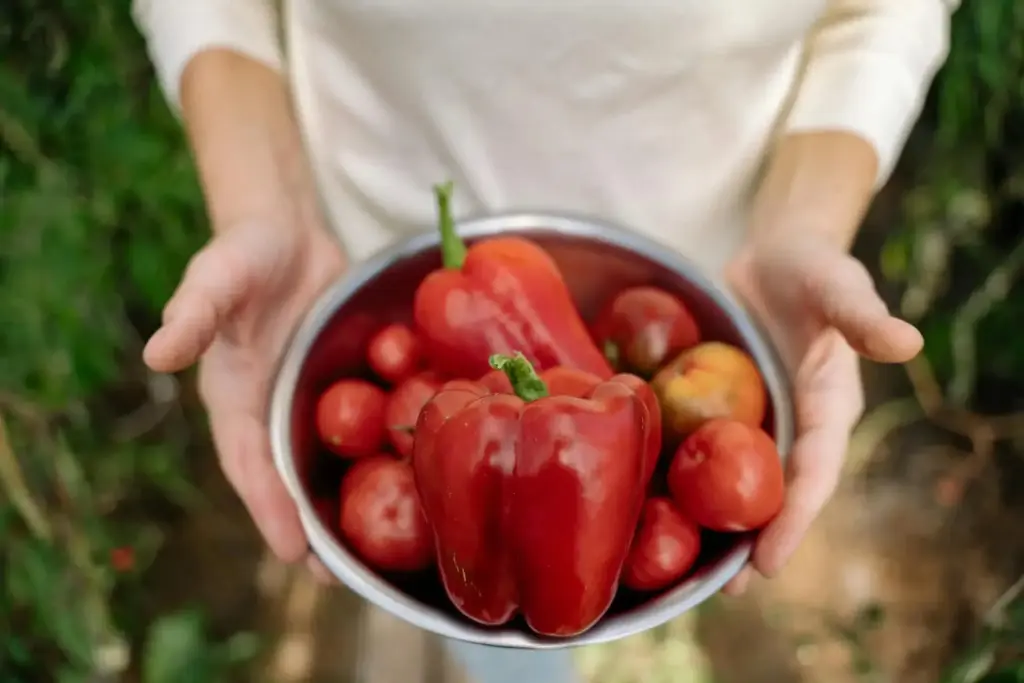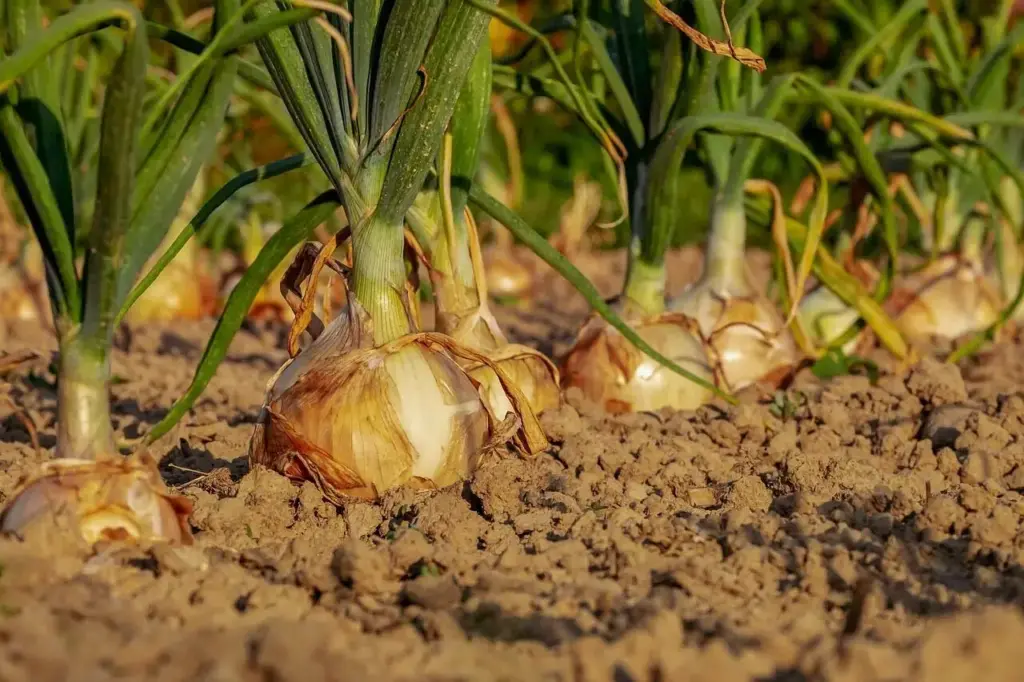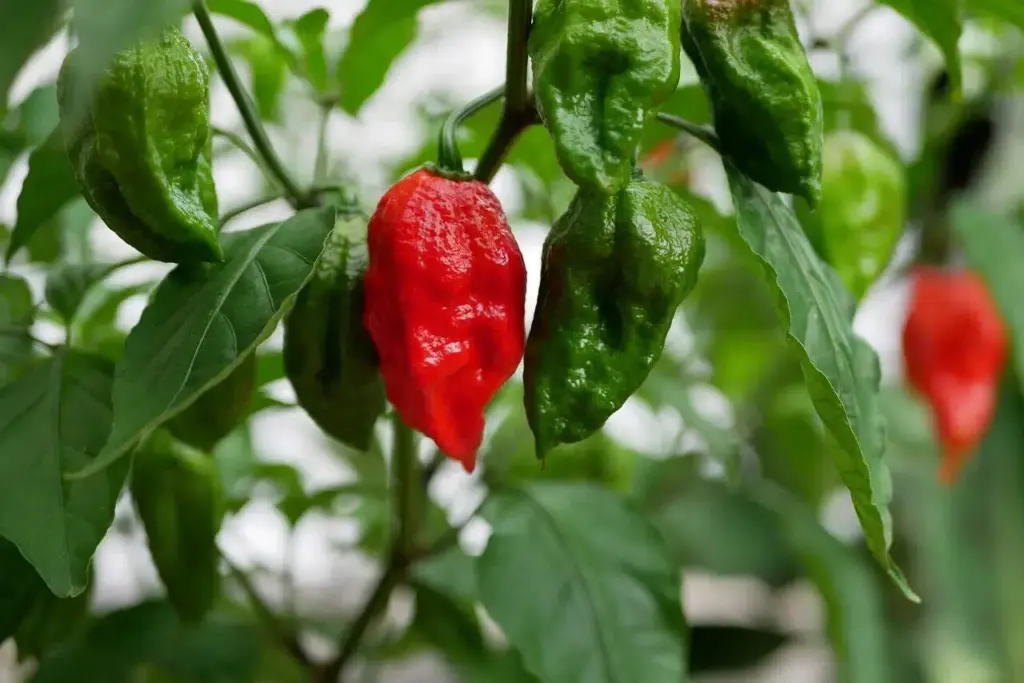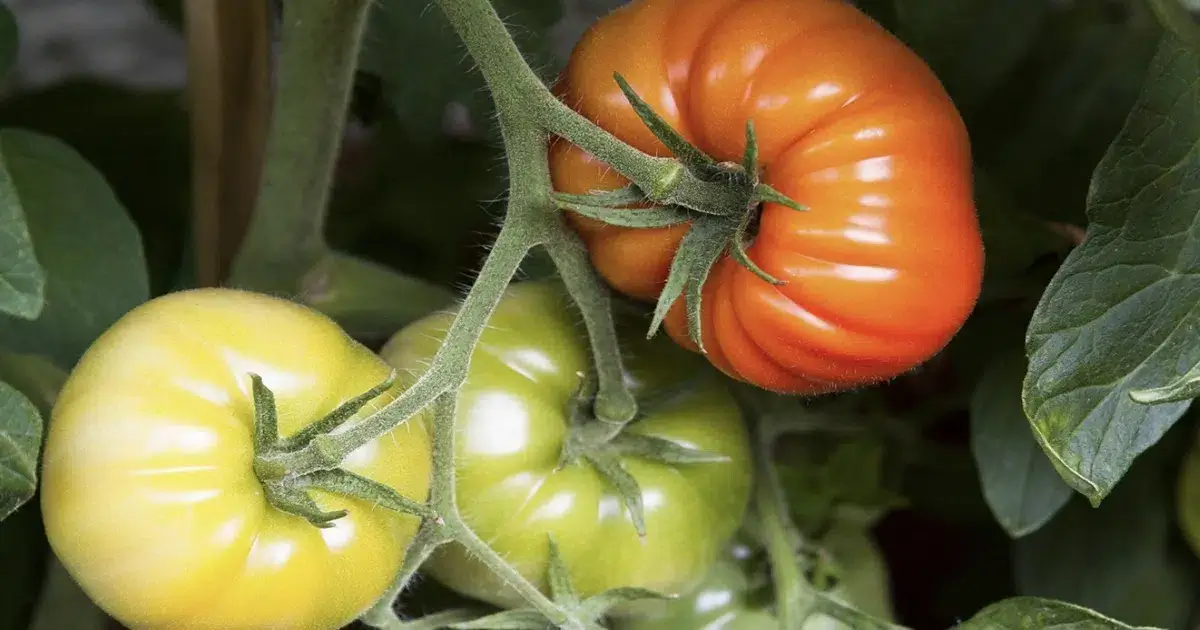I am a novice gardener it is safe to say… a steep learning curve. As a novice, like so many before me, I began with bags of miracle-this and organic-that, attempting to persuade my tomatoes and peppers to do something more than offer leafy disappointment. But I’ll be frank: Most fertilizers overpromised and underdelivered. I wanted big, juicy tomatoes. I wanted peppers that weren’t just nice- and full of pith. They were onions that were smaller than ping pong balls. After much trial and error, and a little garden heartbreak, I hit upon something that changed everything: composted chicken manure. Sounds a bit rustic, I know. But stay with me — this stuff is legit gold for your garden beds.
Why Composted Chicken Manure Is Better Than Other Fertilizers
So what is it about composted chicken manure that makes it special compared to other fertilizers? Let’s start with the basics. There are three groups of macro-nutrients that plants need to grow: nitrogen (N), phosphorus (P) and potassium (K). These are the KISS (Keep It Simple Stupid) rockstars of plant nutrition. Nitrogen fuels leafy growth. Phosphorus enhances rooting, flowering, and fruiting. Potassium helps to keep plants vigorous and healthy, and packed with tasty fruit. Composted chicken manure is high in all three, and more.

And, unlike synthetic fertilizers, which deliver a quick jolt to plants and quickly dissipate, chicken manure provides slow, sustained nutrient release. It’s a difference between a sugar high and a balanced meal. Your tomatoes, peppers and onions are getting precisely what they require when they need it, with none of the dangers of burning the roots or overfeeding. And it enhances soil structure and microbiodiversity, so your soil retains moisture and absorbs nutrients more effectively long term.
But that’s not all. The manure itself is loaded with secondary nutrients such as calcium, magnesium and sulfur. And then there are the micronutrients — zinc, copper, iron — all in exactly the right amounts. It’s like taking a multivitamin for your soil. The composting process neutralizes pathogens and odors, so it’s safe, rich, and surprisingly not stinky when it finishes curing.
Composted Chicken Manure Use for Best Yields
Having established the why, let’s move on to the how. Composted chicken manure is super straight forward, but there are a couple of tips that make an enormous difference First off, timing matters. It’s best applied either in the fall, so that it has time to seep into the soil, or early spring before planting. If you’ve already planted your tomatoes, peppers, or onions, don’t fret — it can still be used as a top-dressing or side-dressing all through the growing season.
For new garden beds, blend in 20 to 25 percent composted chicken manure with your soil several weeks before planting. It allows it to integrate and mellow out. For established plants, scatter a thin layer (around half an inch) of mulch around the base of each plant, but not touching its stems, which can encourage rot. Water it in deeply, and let nature take its course.
This application can be repeated every 4 to 6 weeks during the growing season. Just don’t overdo it — more is not always better. Excess nitrogen, even from organic sources, can lead to big leafy plants with few fruits. Moderation is key.

But composted chicken manure is also a winner here if you’re working with container gardens. Fold a tiny amount into your potting soil when planting, and sprinkle a pinch every month or so during the growing season. Your patio tomatoes and balcony peppers will reward you.
Tips for a 200% Higher Yield
This is what you came here for, correct? How to transform a mediocre harvest into a bumper crop. It all starts with composted chicken manure, but combining it with a few smart gardening practices can level up your results.
So, to begin, it takes good soil structure. Good, aerated soil allows roots to go deep and grow strong. To prevent your garden beds from compacting add organic compost and aerate regularly.
Second, water thoroughly and consistently. Plenty of erratic watering yields blossom end rot on tomatoes and uneven bulb placement on onions. Water in the early morning and try to focus on the base of the plant, not the leaves.
Third, mulch. Fertilizing your plants with composted chicken manure also has the benefit of helping keep the soil aerated and saturated, especially when paired with straw or shredded leaves that you layer over your plants to retain moisture, suppress weeds and protect soil microbes that composted chicken manure is good feeding for. Consider mulch the supportive partner your fertilizer needs!
Fourth, support your plants. Caging or staking plants helps keep tomatoes off the ground and aids air circulation, which helps against blight. Air flow is critical to a healthy fungal environment, and a longer harvest time.
And lastly, remember the power of pruning. Pinch off lower leaves and suckers (especially on indeterminate tomato varieties) to focus energy on fruit production. Peppers and onions don’t require nearly as much pruning, but maintaining a weed-free environment will be a boon to nutrient competition.

Get Bigger, Healthier and Tastier
If you’ve been ruminating on dwindling harvests or simply want to up your gardening game, composted chicken manure is the business. It’s no-nonsense, organic, and super powerful if used properly. It just provides more of what your plants need to blossom than chemical fertilizers or generic compost will, particularly for heavy feeders like tomatoes, peppers and onions.
Now that I’m using composted chicken manure, my yields have doubled, and even tripled. My tomatoes are heavy and sweet, my peppers are full and glossy, my onions are actually hefty. More productive than buying plants, sure, but also more satisfying. There’s something particularly gratifying about growing food that you are proud of and knowing the soil is thriving beneath the surface as well.
So if you do want to take your garden to new heights this season, don’t sleep on this humble powerhouse. A few shovelfuls of composted chicken manure might be all that stands between a tomato plant’s sad fate and a summer harvest that leaves you handing out baskets to your neighbors. Give it a try. Your backyard will never be the same.
